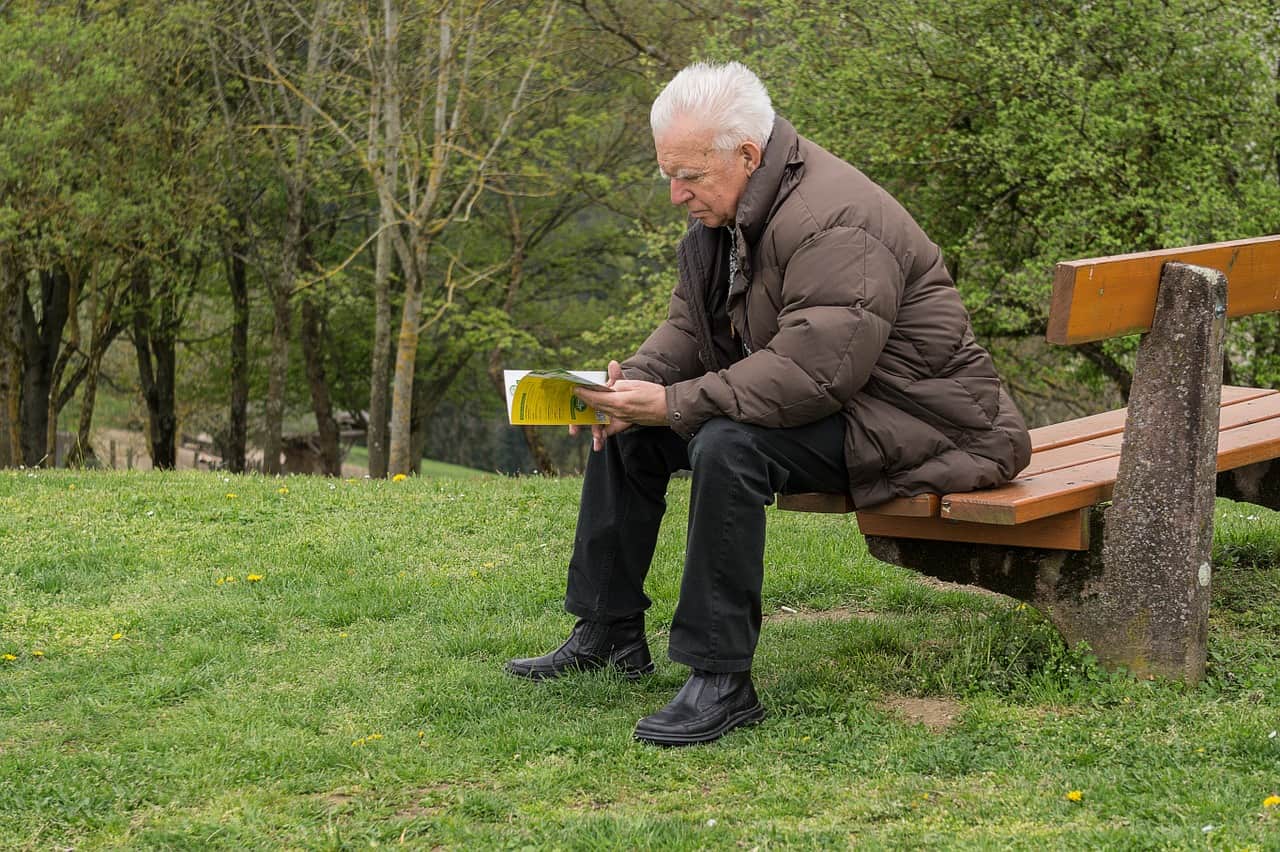Do you know how to properly rise from a seated position? Surprisingly, many do not and risk taking a nasty, even debilitating, fall. There is a right way to rise, stand, and sit that can decrease your risk of a fall and preserve your overall quality of life; also, pay attention to tips that can foster fall reduction in the home.
If you have an existing disability or limitation, you know how debilitating a fall can be. Many seniors that fall never fully recover and many more die from their injuries. Reduce falls of any kind with mobility aids and devices– and learn more about the right way to rise, stand, and sit to decrease your risk of injury.
Here’s how to properly rise from a seated position
- Consider the chair. A lot of the problem when standing or sitting could be your chair: how is your chair? Invest in a sturdy chair with a firm seat and armrests that can support your weight. Check to make sure that it won’t tip too easily, too.
- Keep things moving. When you are seated, try flexing your calf and ankle muscles to keep them limber for when you stand. Practice marching in a seated position by holding on to the armrests and raising, then lowering, your feet. This will help make it easier when you do stand up.
- Stay centered. Always keep your feet between your hips, under your body’s center of gravity. Shift or lean until you are at the edge of the seat and push yourself up with your arms, supported on the arms of the chair. When sitting down, back up to the chair until your calves touch the chair before sitting. Be patient and go slowly to prevent a fall.
- Invest in a lift-chair. Life- and standing or sitting- will be a lot easier with a recliner or lift-chair. These quality chairs often use a remote with controls over the height and position of the seat, making it easier to sit and stand. Talk to your provider and a mobility dealer near you to learn more.
Pay a visit to your doctor to rule out underlying conditions that could be impacting your mobility and ability to stand or sit. Some temporary issues like recuperating from surgery could impact you, though it makes the most sense to see a provider to rule out chronic conditions that may require additional treatment interventions.
Exercise is integral for aging-in-place
Staying active is key in aging healthfully; there is simply no way around it. Maintaining flexibility and range of motion through regular activity can help you sit and stand with ease throughout the lifespan. For instance, walking is a great low-impact exercise for seniors or anyone with physical limitations. Remember that a regular routine of suitable exercise can improve your situation significantly, regardless of your current fitness level.
Try these fall reduction tips to help:
- Improve lighting. How is the lighting in your home? Improve any dim spots and upgrade to convenient remotes and switches that allow for ease when illuminating all the areas of the home. This will go a long way toward reducing the risk of a fall.
- Remain empty-handed. Always make sure that your hands are empty when getting up and down from a chair or bed. Trying to hold things, like dishes or books, can throw your balance off, plus it eliminates having your hands free to help steady yourself.
- De-clutter your space. Don’t risk tripping over stuff that is taking up space in the home. De-clutter your home and remove potential hazards and obstacles.
- Make floors safer. Make sure the surfaces throughout your home are not slippery and invest in some slip-proof mats, rugs, or pads to pave a pathway through the areas of the abode that you use most.
- Install grab bars in the bathroom. Go ahead and install grab-bars in the bathroom. Bathrooms are the area of the home most prone to accidental falls, partly due to the wet surfaces. Keep yourself safe with something to hold on to.
- Wear sensible shoes. Always wear non-slip shoes or slippers, and never go barefoot or stocking-footed in the home. It is far too easy to slip and fall under these conditions. Can’t live without your fuzzy socks? Buy the kind that has non-slip rubber soles.
- Avoid clothing that can trip you up. Try to avoid wearing loose clothing or items that could fetch up on furniture or fixtures around the home. The fabric can become twisted or snag, contributing to the risk of a fall.
- Keep track of pets. Don’t let your pets trip you up; keep pets out from underfoot. Outfit dogs and cats with collars that have small bells attached so you can hear them when they approach.
Pacific Mobility offers consumers a wide range of mobility aids and devices that improve accessibility- as well as quality of life. Make the decision to live life to the fullest and increase the access that you have around your home environment; call us today.
President, Husband, Father, Grandfather Graduate of UC Davis- Bio Sci Major- Go Aggies! Jeff has extensive experience in all of Pacific Mobility’s products and services, and specializes in accessibility products as well as stairlifts, ceiling lifts and custom wheel chairs. His hobbies include spending time with family, gardening, mountain biking, exercising and off road motorcycle riding.
24 years as Owner/President of Pacific Mobility Center – selling, installing, and servicing stairlifts, porch lifts, ceiling lifts, pool lifts, handicap ramping, specialty wheelchairs, scooters, power wheel chairs, and other power mobility devices
Certified Environmental Access Consultant since 2008
Licensed General Contractor since 1998
Certified Aging in Place Specialist since 2016
Board Member for Home Access Professionals
Member of Association of Members of the Accessibility Equipment Industry (AEMA)




